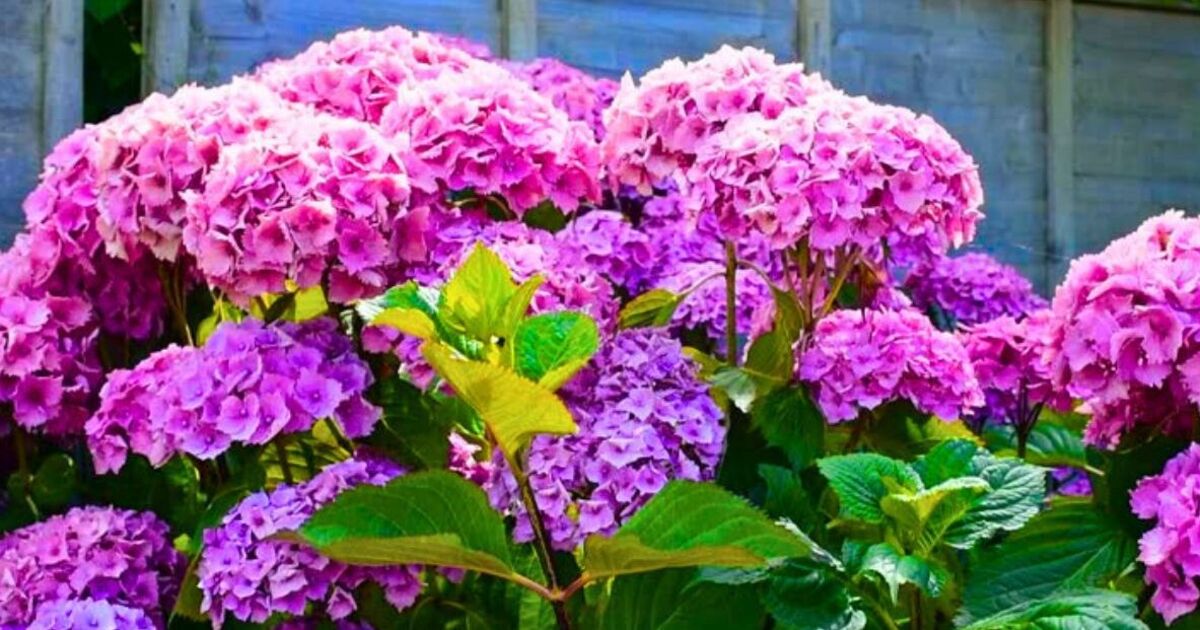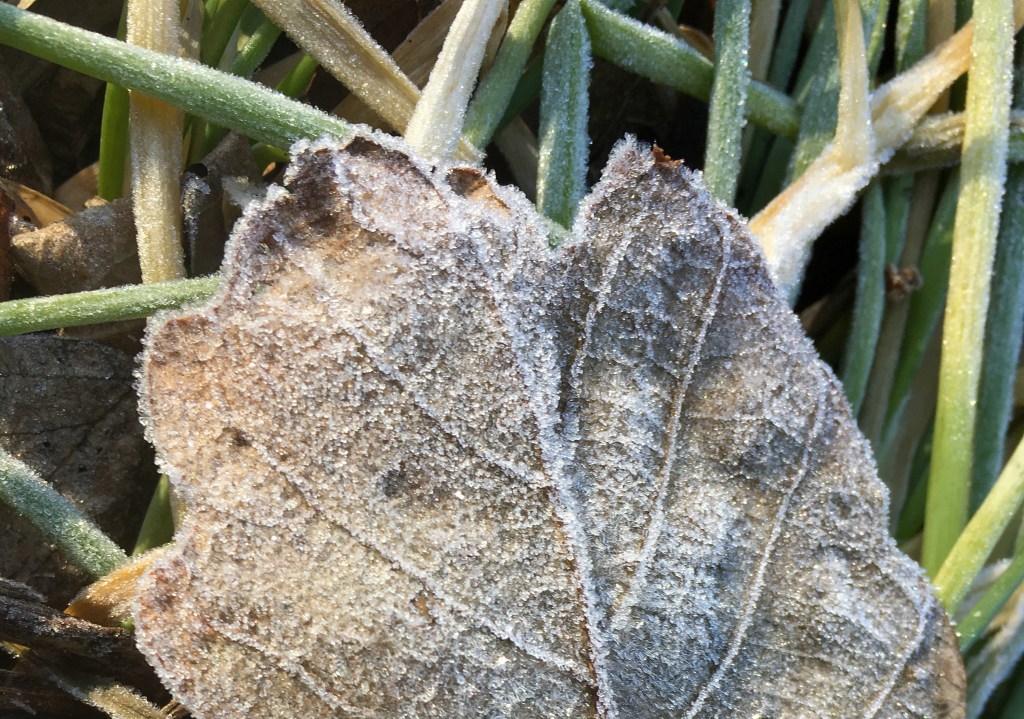As we move into October, it’s clear that in most parts of Costa Rica there will be rain, and then even more rain. This might seem like a burden, especially for the gardeners who take pride in growing food crops. Harsh rains and turbulent humidity do place a considerable amount of stress on the plants, leading to a number of plant ailments. However, some useful suggestions can help you continue gardening successfully even during these incredibly rainy months.
The most sustainable solution for gardening during the rainy season is selective planting. Choosing crops that thrive in rainy weather is key. There are several garden vegetables that are hardy and can also provide an abundance of food. The rainy-season ‘favorites’ include squashes, sweet potatoes, kale, cabbage, collards, endive, chives, mustard, and New Zealand spinach. These vegetables can provide a surplus of food in these months.
Perennial bushes serve as a regular source of leafy greens for salads. An excellent example of this is the popular hedgerow hibiscus, which is named ‘Amapola’ in the Spanish language. This bush offers nutritious edible leaves and flowers. Similar to the hibiscus, the hardy Asian perennial bush known as Katuk generously offers green leaves all year round which can be used for salads or even prepared as a dish similar to steamed spinach.
Another viable option for growing food crops during the rainy season is using pots and recycled containers to plant leafy green vegetables and tomatoes. These containers can be placed around the house in sunny areas. East and southern areas of the home usually receive plenty of sunlight and serve to be an excellent spot for growing veggies. Additionally, the area directly under the roof’s eave is well protected from rain and can be an ideal location for tables on which to grow food crops.
Using a recycled plastic bucket can also be an inventive way to continue gardening amid the rainy season. This can be done by drilling some holes at the bottom of the bucket, filling it up with fertile organic compost soil, and finally, planting the crops. This makes for an ideal container to grow crops like cherry tomatoes, cucumbers, or green peppers. Smaller recycled containers can also serve well for growing plants like lettuce, cilantro, and parsley.
An often overlooked gardening tip involves a trick with onions. While shopping at the market, try looking for onions that are just starting to sprout. These onion bulbs can be readily planted in containers with a size of 10-15 cm diameter. This can provide lush green onions for salads and dishes in around a month’s time.
Similarly, celery and garlic bulbs can also be grown using containers. Just save the base of the celery plant after using it and plant it in a container. This will produce tender green celery shoots. Garlic cloves, too, can be planted slightly superficially in containers which will sprout and grow rapidly to provide garlic greens.
While some gardeners lean towards building greenhouses and resorting to hydroponic gardening, this method might be expensive and unfriendly to the environment due to the dependency on plastics and chemicals. Instead, recycling organic waste at home and transforming it into rich organic fertilizer to grow your own food has multiple benefits. First, it solves part of the solid waste disposal problem, and secondly, it also does not add any additional costs.
Deciphering the next step towards a sustainable and harmonious lifestyle requires careful consideration. The idea is to find solutions that enhances the quality of life without degrading the environment. Although technology is perceived to have the ability to solve many problems, it should not divert us from the truth that sometimes, the best solutions are often the simplest and the most natural ones.




